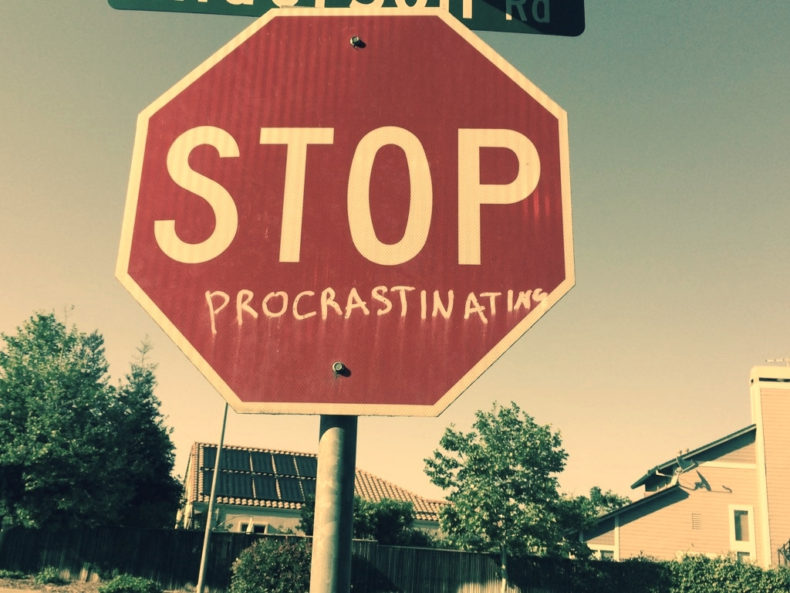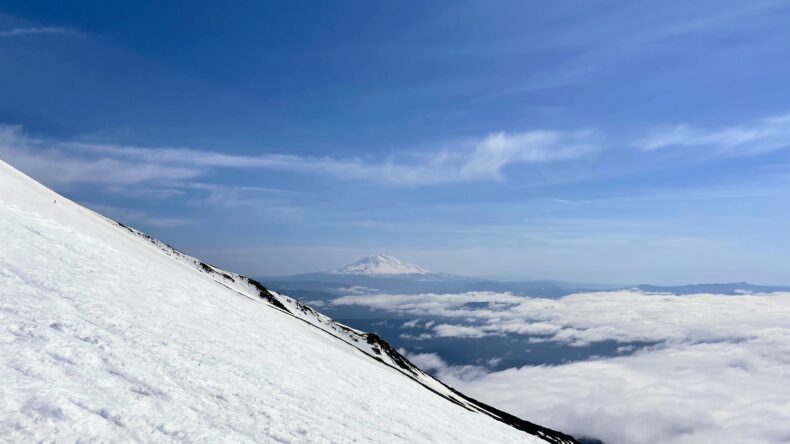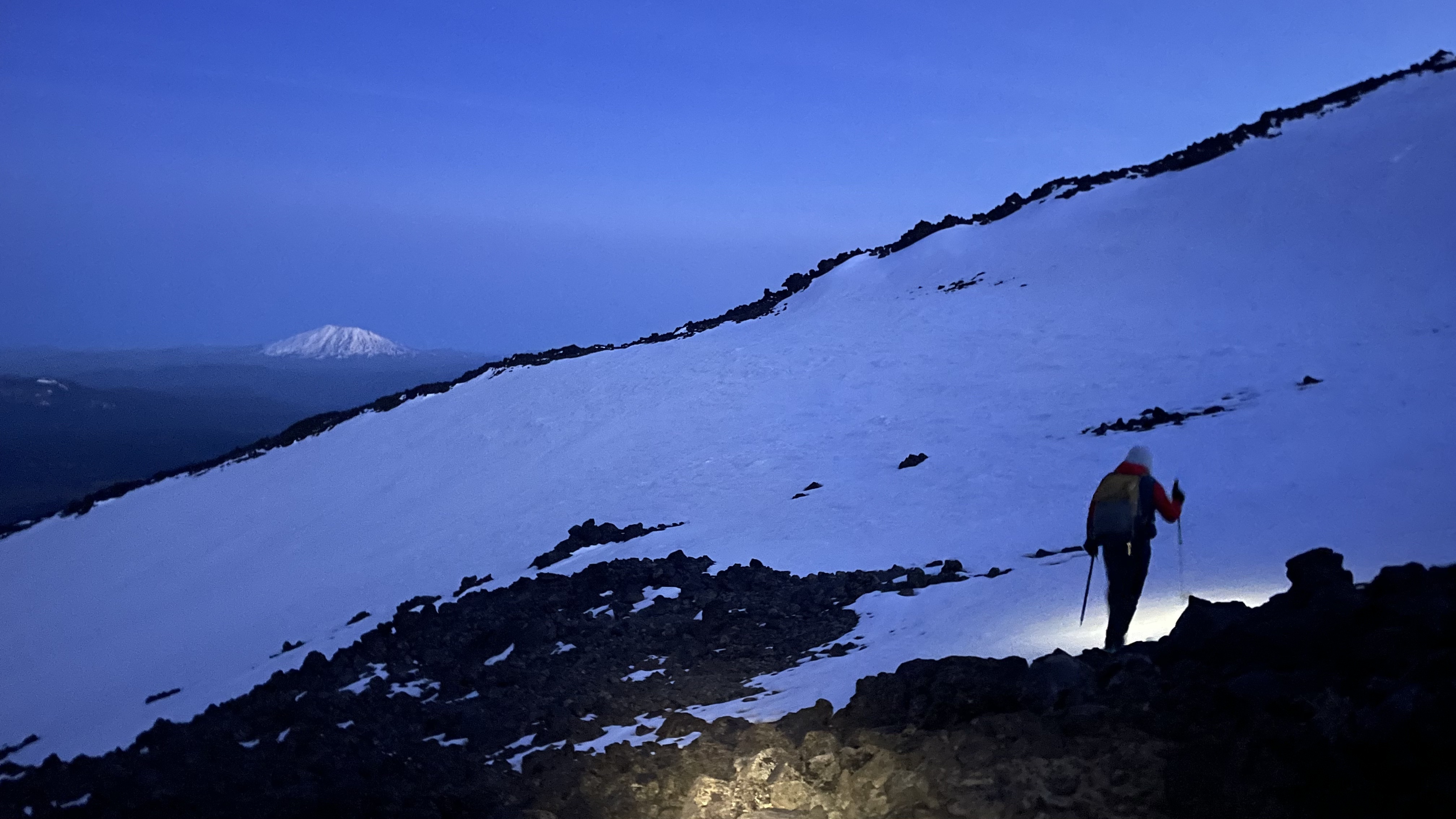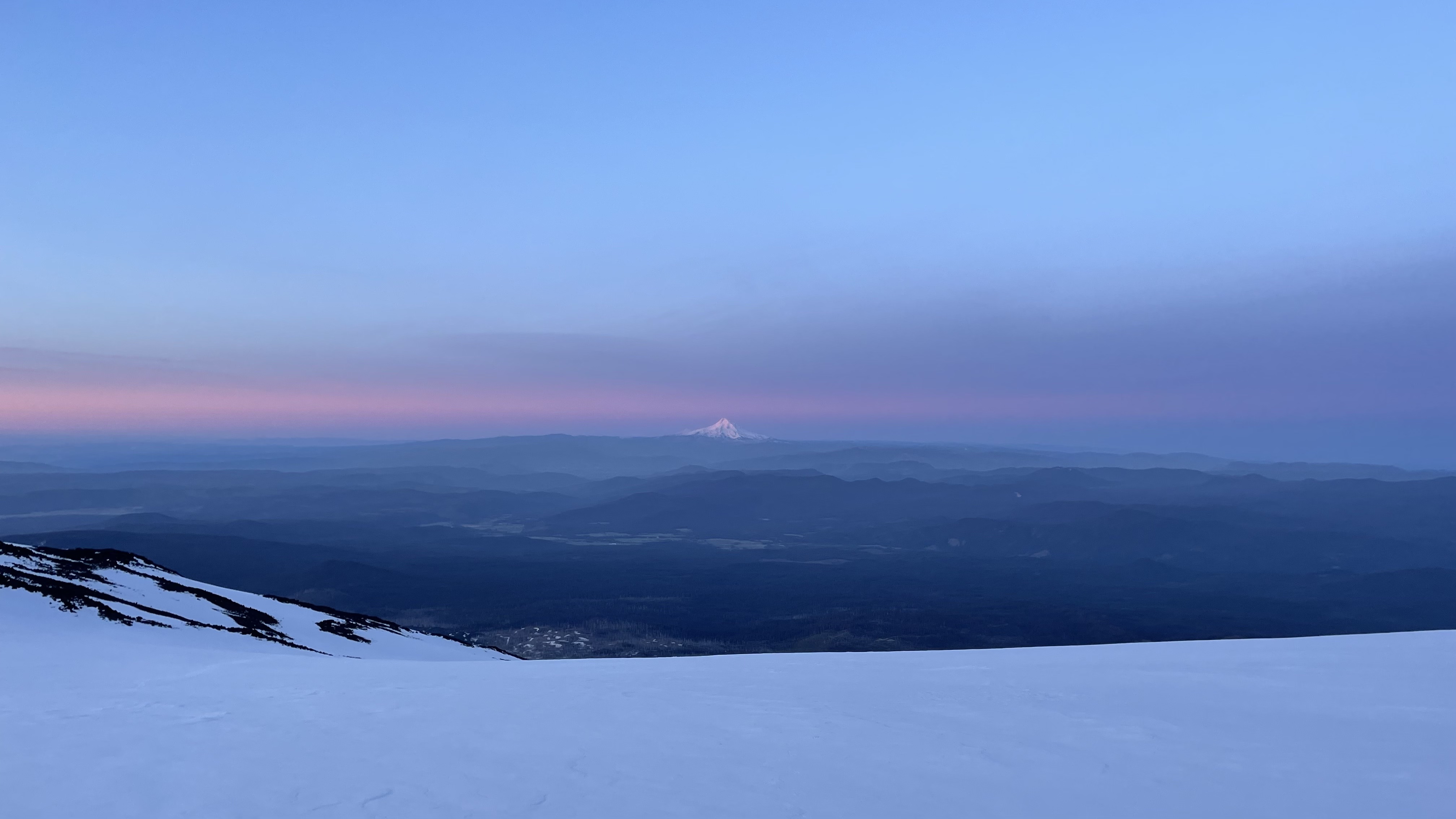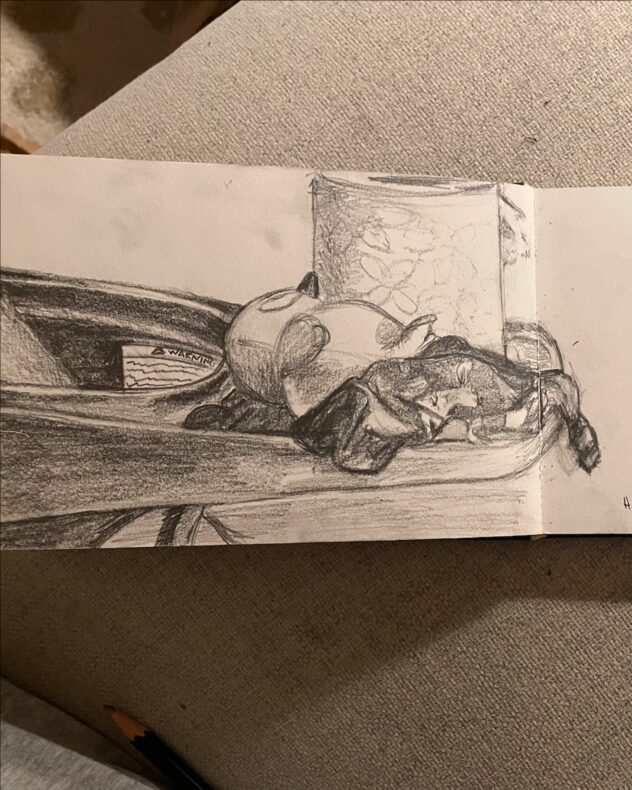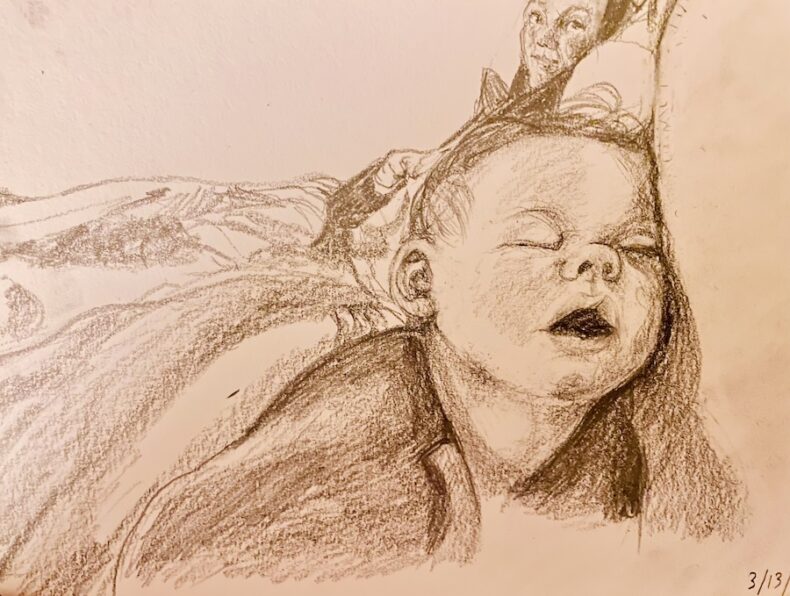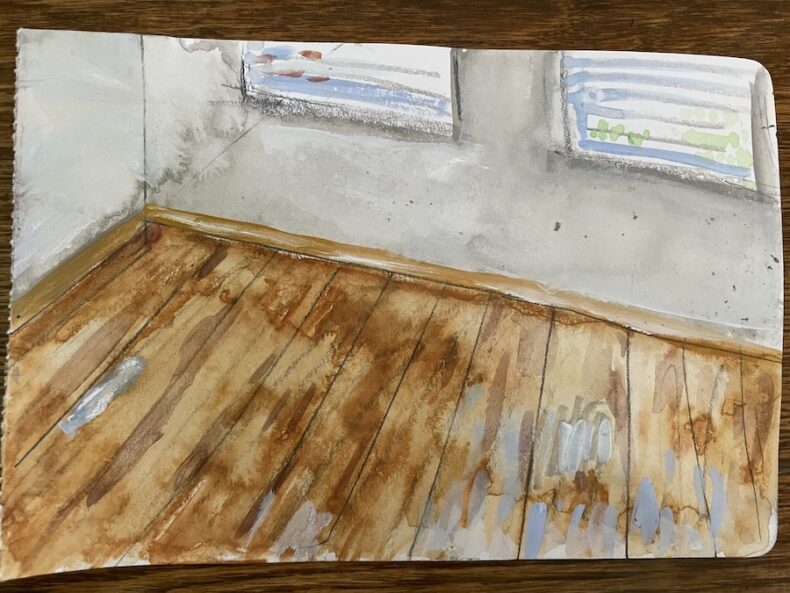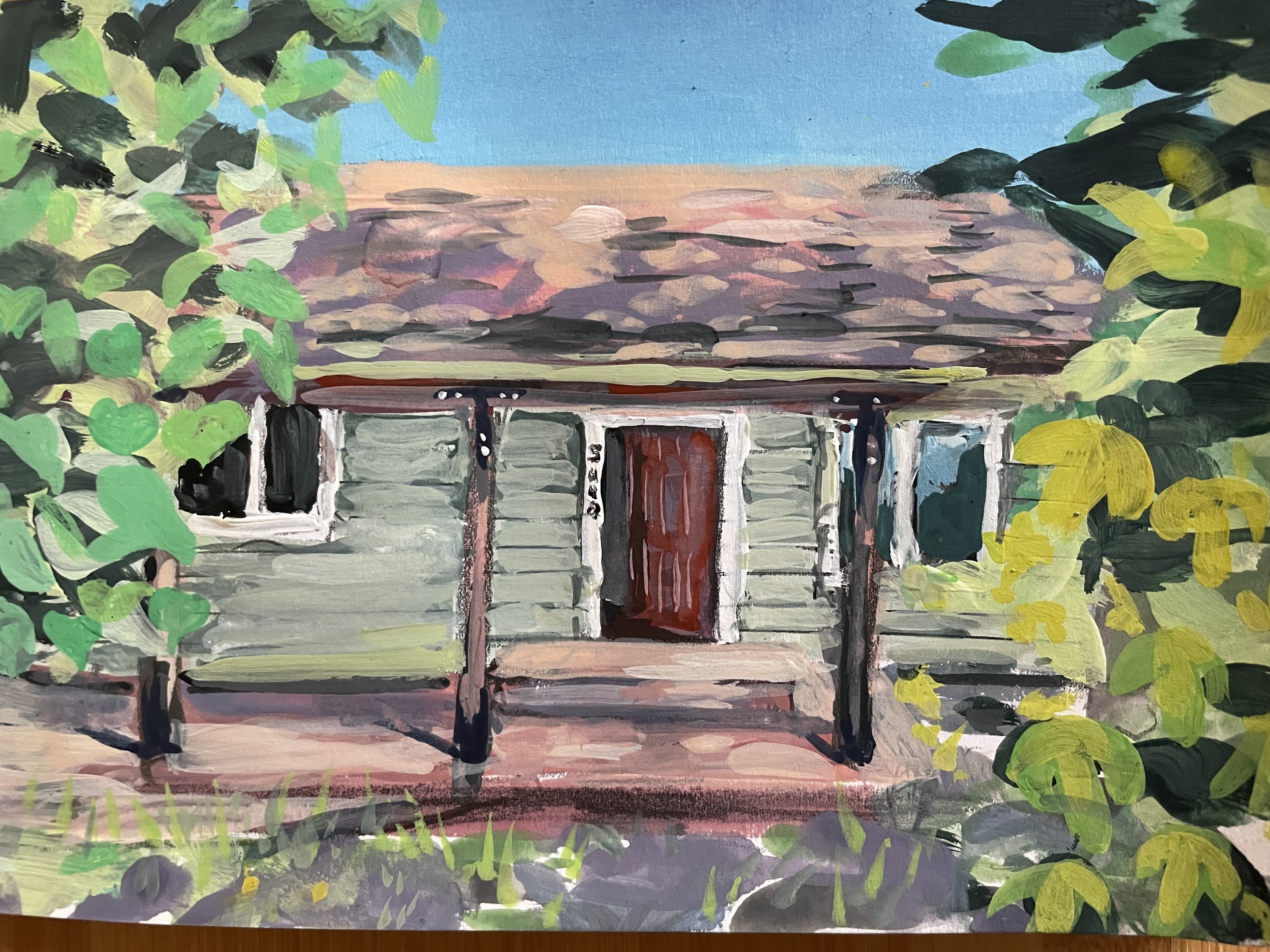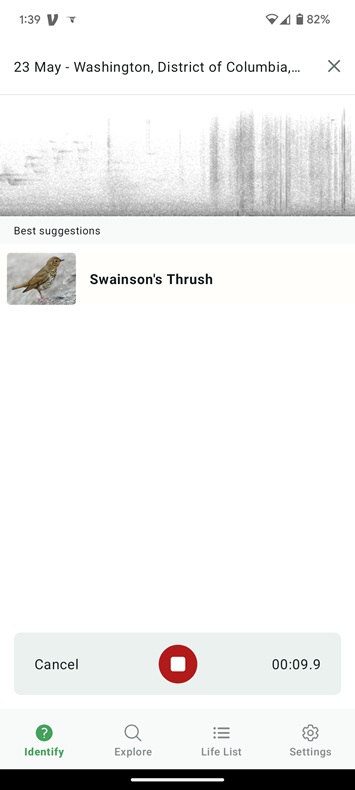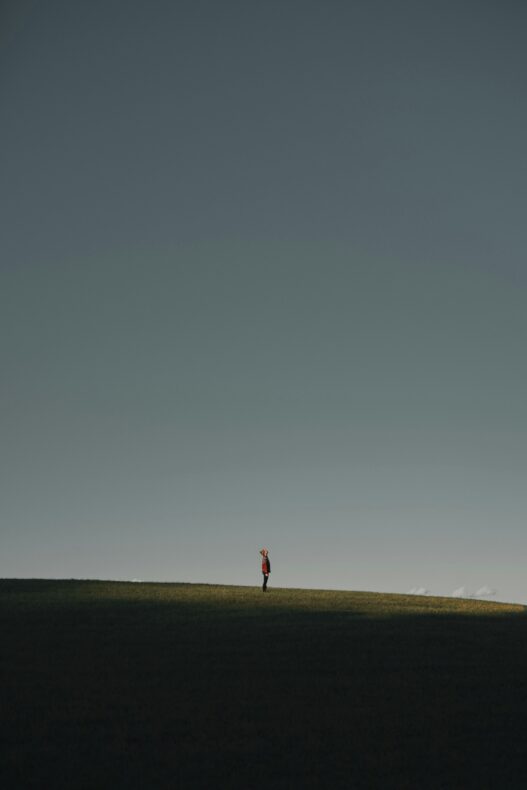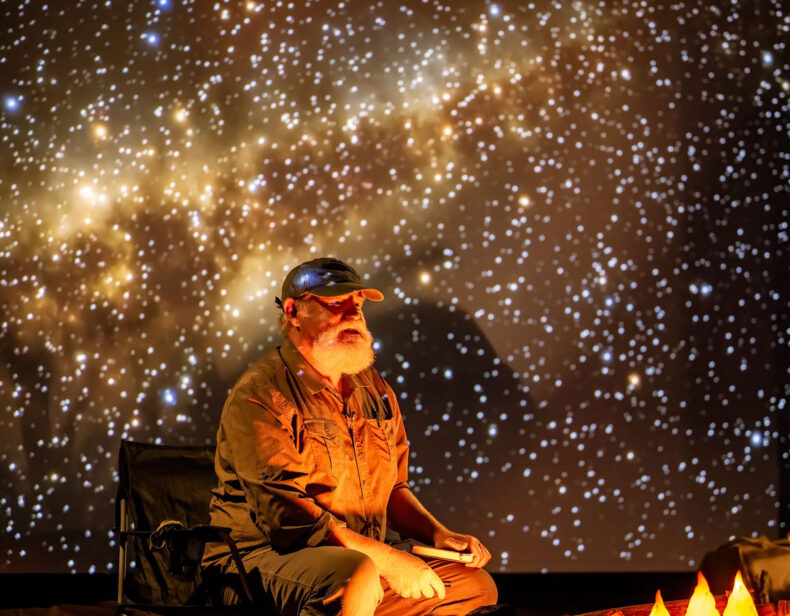Ben no longer writes for us but he left us this post to remember him by.
This time last year Elise and I were bellied up to a bar (remember those?) in Montana, talking about what childless dog-owning couples generally talk about: our pet. We’d owned Kit — or had she owned us? — for a year and change at that point, and we’d taught her the basics: to sit, to stay, to shake, to tweet angrily at Lindsey Graham. As the bartender, a flannel-clad woman who looked like she could kill an elk with a glance, refilled our Cold Smokes, we roped her into the conversation. “What should we teach our dog next?” I asked.
She poured off some foam and considered. Then she said: “To hunt.”
Alas, we said, Kit wasn’t exactly the hunting type. A squat thirty-pound amalgam of terrier, pug, and gerbil, she loves nothing more than couches and cuddles, ideally savored at the same time. Although she’s an exuberant chaser of squirrels, the only time she succeeded in capturing a rodent — a hapless mole — she merely gummed the poor thing like a sucking candy and spat it out unharmed. She’s more of an ornamental dog, we explained, as frivolously entertaining as a Christmas tree.
No more, however, can we dismiss Kit as a maladroit vanity pet. We recently discovered, to our astonishment, that she has a single and singular Talent. Forthwith, the saga of Eggdog.
One evening last month, we gathered around a firepit in our neighbors’ backyard, our primary source of social interaction these last nine months. Our neighbors, Nick and Alicia, run a sort of peri-urban permaculture operation, which includes a flock of chickens that are free range bordering on feral. The hens spend their days wandering willy-nilly around the neighborhood, mostly into our yard, pecking at the grass and kicking through the mulch. Often we come home to find them milling around our stoop, like Jehovah’s Witnesses waiting for someone to answer the door.
The flock’s peripatetic habits, unfortunately, make egg collection difficult. Lately, Nick told us, they had ceased laying in the coop. Where exactly they were laying, though, was an open question, since their habitat encompasses a full city block. Absent eggs, he complained, the chickens were just a bunch of freeloaders, demanding feed and shelter and expensive antibiotic ointments which have to be squirted down their gullets like chocolate syrup. No longer were the chickens purposeful working animals; instead, they had migrated into the squishier category of creature to which our dog belongs: They had become the lovable parasites known as pets.
As we discussed chickens and eggs, Kit, our own lovable parasite, wandered in and out of the firelight, weaving between our legs like a slalomer. Every few minutes we heard her rustling in the unlit recesses of their yard, getting up to whatever hidden mischief dogs get up to in the privacy of darkness. The conversation moved on; time passed; beers were opened and gulped. And then, after a while, Elise looked down at her boots, to find a slick, unbroken, perfect egg.
Mystified, we debated its provenance. Had it been sitting there all along, unnoticed? Or had something, or someone, slyly delivered it —
And then Kit sidled again into the glow of the fire, her wide grinning maw wrapped around a cream-colored ovoid. She knelt in a graceful play-bow, lowered her head, and lovingly deposited another egg at our feet.
We all gaped. Kit turned, her tail arched over her back like a scorpion’s, and trotted off into the blackness beyond the fire ring. We watched her dim silhouette army-crawl beneath a snarl of brambles that no human could penetrate. We heard her rooting around, nosing her snout through the leaf litter like a wild boar. We waited — a minute, maybe two. And then out she popped, another egg clasped in her jaws, which she delivered to us, as proud as a child who’s made her first pinch-pot in a summer-camp art class.
We showered her with praise, scratched around her ears, and then sent her back to the secret nest to do it again. Which she did. And did, and did, and did.
Reader, by night’s end, Kit had excavated eleven eggs from that bush. We hoped she’d find an even dozen, but she’d evidently tapped the chickens out. Over subsequent visits, though, she’s unearthed five more, bringing her total to 16. She’s become as reliable as a truffle-pig.
It seems, then, that I owe her an apology. For the thirty-odd months that she’s been in our lives, I’ve disparaged Kit’s senses: how many times has a squirrel skittered mere feet from her snoot during our walks, only for her to remain fixed (doggedly, you might say) on the sidewalk beneath her paws? Despite the fact that she’d lived on the mean streets at some point in her past — a feat of survivalism I could never pull off — I admit that I deemed her adorable but fundamentally incompetent.
Her adventures in egg-hunting, however, have given me a new appreciation for her capacities. “Explosives-detection dogs smell as little as a picogram — a trillionth of a gram — of TNT or other explosive,” the dog cognition researcher Alexandra Horowitz has written. Once, it seemed unfathomable that Kit shared DNA with such keen canines; now, I suspect she has reserves of latent potential waiting to be tapped.
And yet it wasn’t the acuity of Kit’s sniffer that most impressed me. Rather, it was the tenderness with which she presented us each egg — this tiny, fragile object, clasped so gingerly in her strong terrier jaws, as though she intuited its precious delicacy, as though she guessed that we would be touched by her gift. She knew, somehow, that she held a thing of value. And we were, we were touched: by the eggs, yes, but also by this unexpected display of aptitude, by the dawning realization that our oh-so-familiar animal was still capable of amazing us with her gentle skill.
